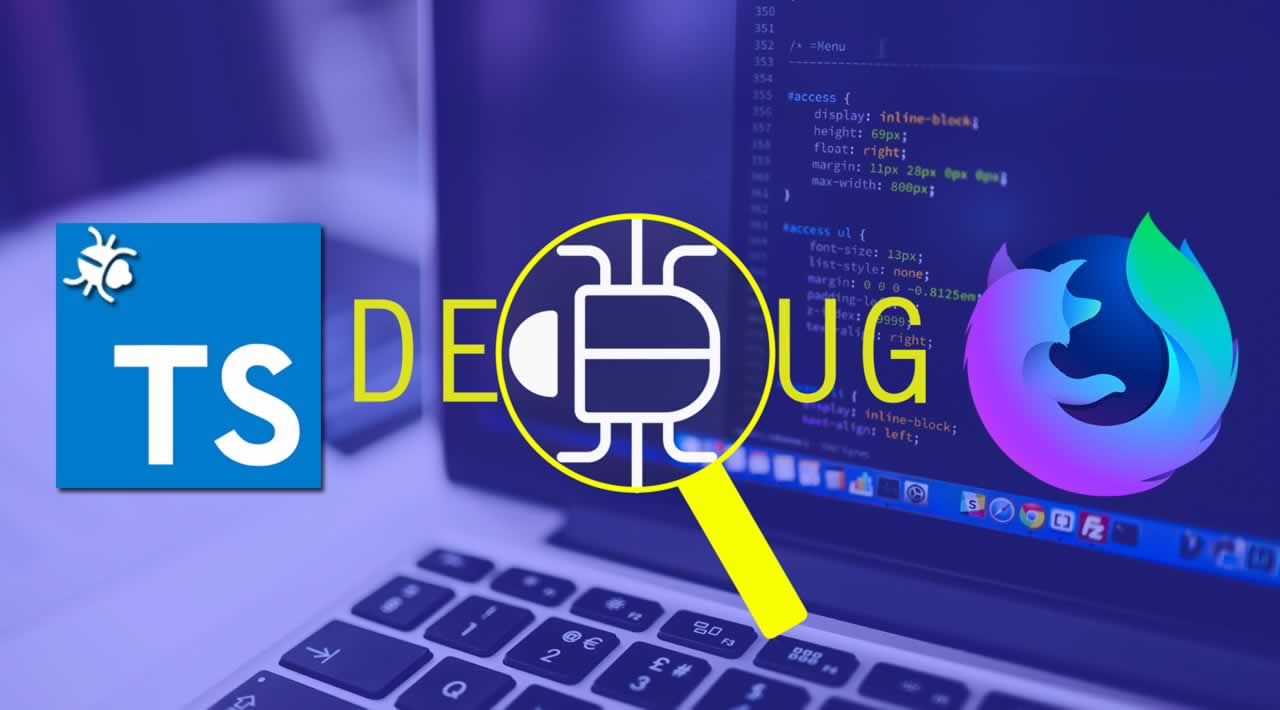

If you love yourself you will install it immediately and save countless hours of frustration.įirebug can debug javascript, examine the DOM, and do much more (you can and should read all about it). Keeping Javascript In Line: Firebugįirebug, how I love thee (or get the bookmarklet for other browsers). This is way faster than taking a screenshot and opening it up in Photoshop. This is great when designing, and you want to match a font color to a color in your page. I’ve found this very effective for editing CSS, you avoid the constant back-and-forth switching because Firefox now has a CSS editor.ĬolorZilla gives you a dropper that can find the hex RGB value (#123456) of anything on the page. You are viewing the live file in Firefox, making changes, and copying those back into your text editor. It’s almost the reverse of creating a file in DreamWeaver and viewing it in Firefox. Select all the text in your edited CSS file and paste it into the real CSS file.

The CSS won’t be valid so the border is ignored, but keeps the style around in case you want to enable it later. Play with widths, heights, margins and paddings until it lines up nicelyīut rather than deleting the border, put an “x” in front: “xborder: 1px solid red”.Find a div with your mouse (ctrl + shift + f).I’ve done the following hundreds of times during the course of web development: My favorite CSS style is border: 1px solid red You can edit any attributes and see the effect in real-time (like giving Google a black background): This pops open a sidebar tab with the current stylesheets. Figure out how big an image is (pixel height and width)Ĭtrl + Shift + E: Edit CSS.Easily get the div’s id for use with Firebug (below).Figure out what classes are creating the styles you see.Move the mouse over an element and its attributes appear in a pop-up: the name, class, pixel sizes, fonts, everything. It can do a heck of a lot more, but here’s what I use it for:Ĭtrl + Shift + F: Display element information. The Web Developer Toolbar lets you inspect and edit (in real-time) the HTML and CSS of your page, so you can see what’s happening when things don’t line up. Just do it.ĭebugging CSS can be really frustrating. Here’s a rundown of the Firefox extensions I use to manage this madness. You have to deal with browser inconsistencies with HTML, CSS and javascript, let alone the difficulty of debugging javascript itself. Debugging is one of the most painful parts of developing web apps.


 0 kommentar(er)
0 kommentar(er)
